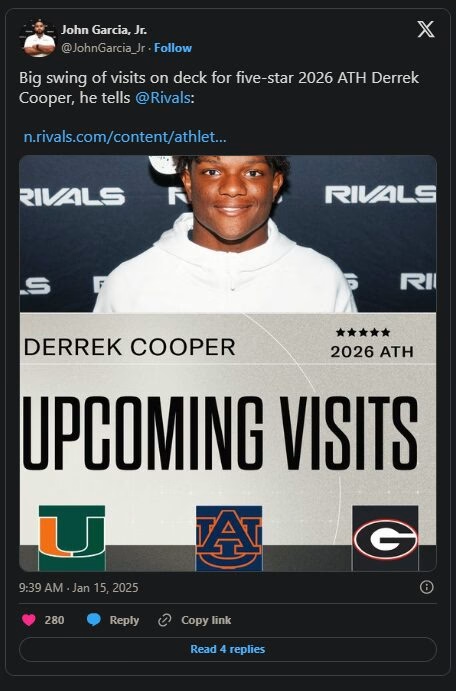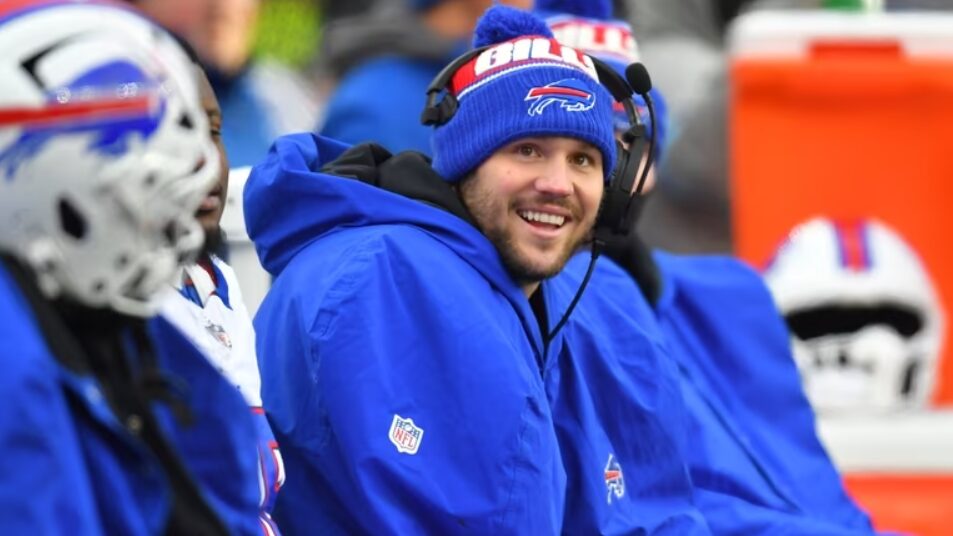Georgia Strikes Back: Bulldogs Land Elite 5-Star Talent to Counter Carson Beck’s Miami Move
Georgia football faced a major setback when former quarterback Carson Beck announced his transfer to Miami (FL). While some fans are eager to turn the page and focus on a new QB following Beck’s struggles this season, there’s no denying that his departure is a significant loss for the team.
Now that Beck’s decision is behind them, Georgia can focus on its own future. However, it’s only a matter of time before the Bulldogs and Hurricanes meet again on the recruiting trail, and many UGA fans are likely eager to get some payback.
Fortunately, Georgia will have the opportunity for that revenge, as both programs are strongly positioned to compete for an elite recruit in the 2026 class.

Georgia and Miami are set to compete for five-star athlete Derrek Cooper, a standout from Hollywood, FL. Ranked as the No. 7 overall player in the nation by Rivals, Cooper is also the top player at his position and the top prospect from Florida.
Kirby Smart and Georgia received positive news when Cooper confirmed he would visit Athens on February 1. However, he has also scheduled visits to Miami and Auburn.
Securing Cooper’s commitment will be a tough challenge, given the number of elite programs vying for him. Nevertheless, winning these types of recruitments is crucial for Georgia if they want to remain in championship contention in the future.
With Miami also in the hunt for Cooper, beating them for his commitment would be an especially sweet victory, particularly after they lured away Carson Beck.
Please share this article if you like it!



No Comment! Be the first one.